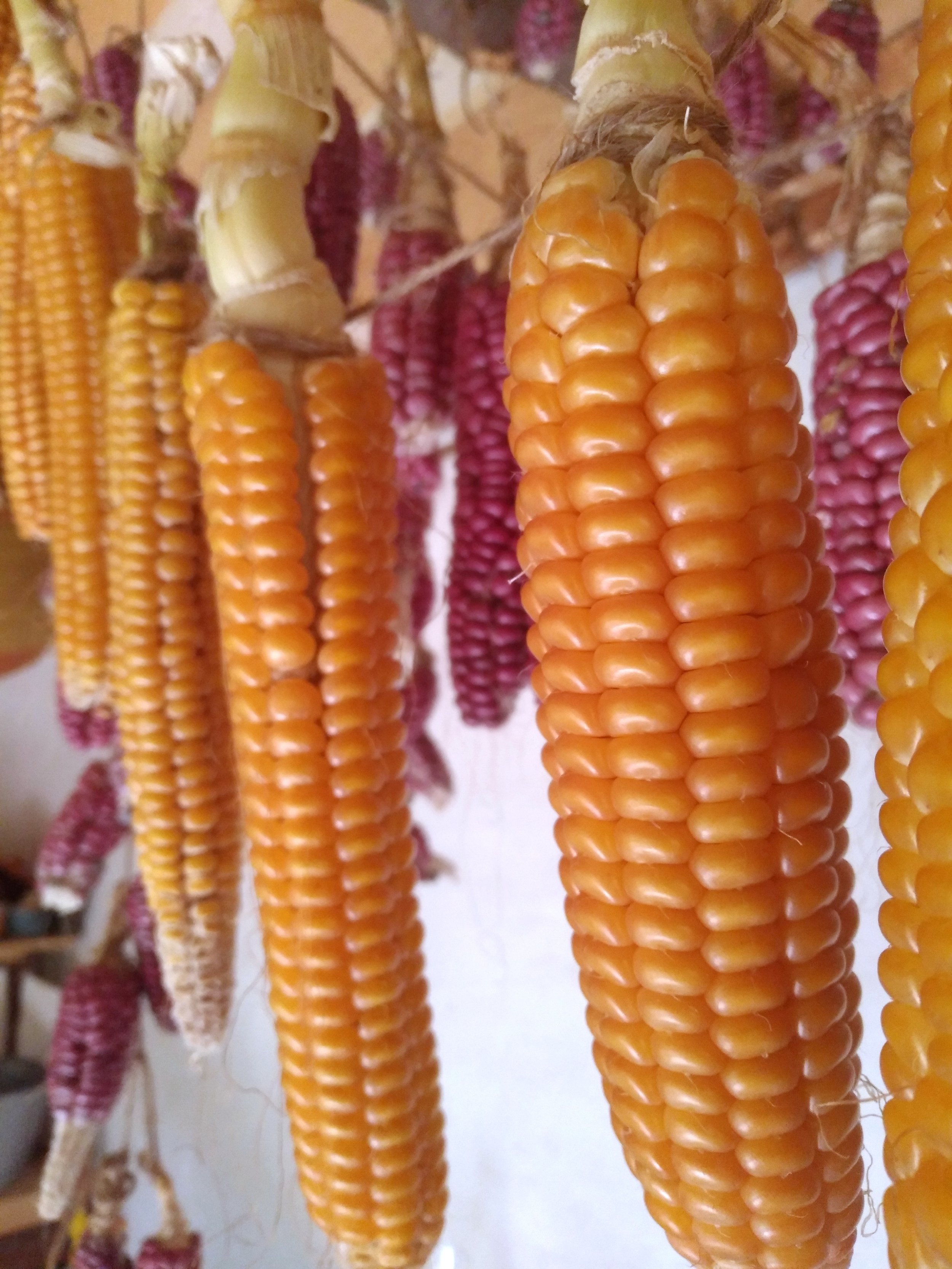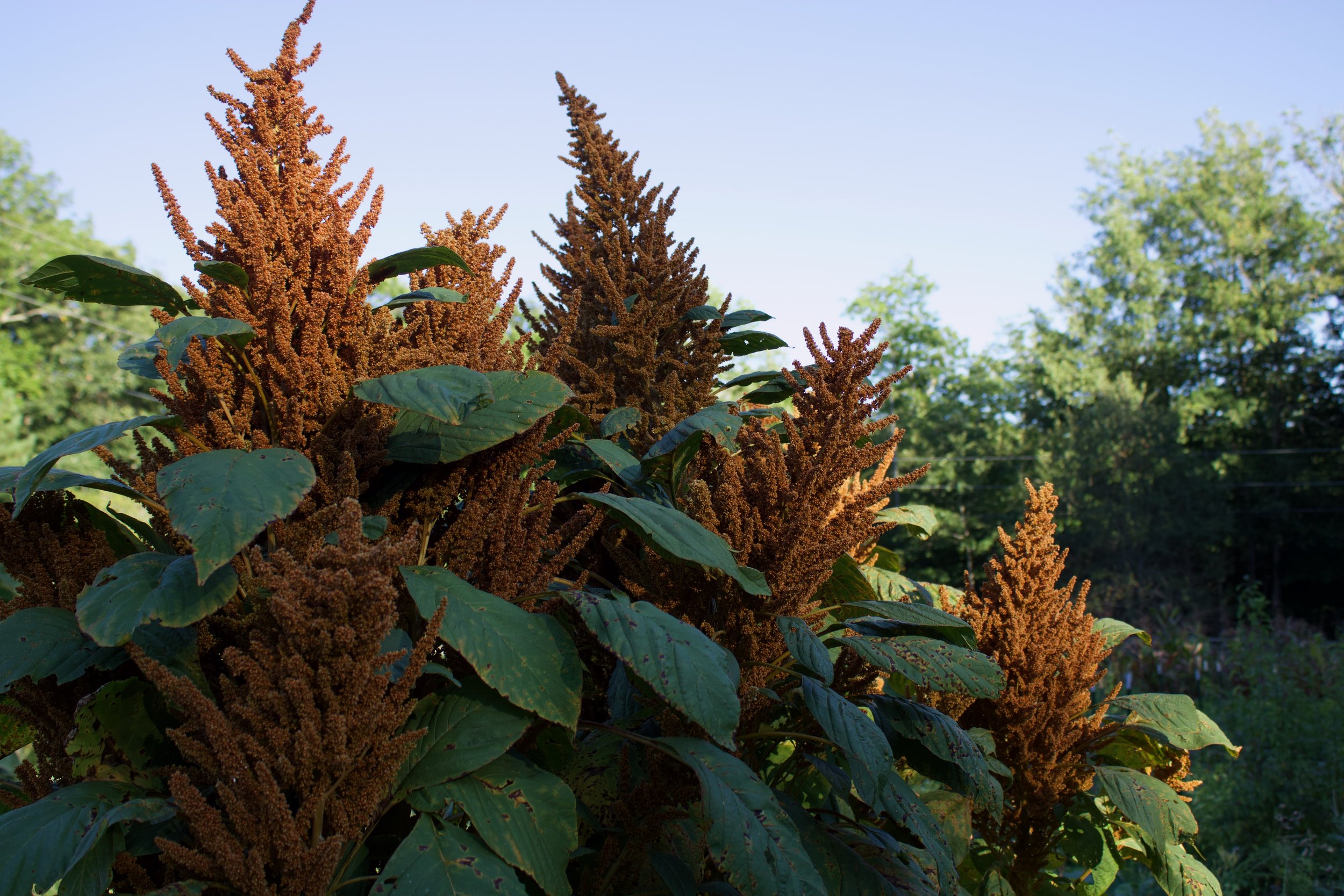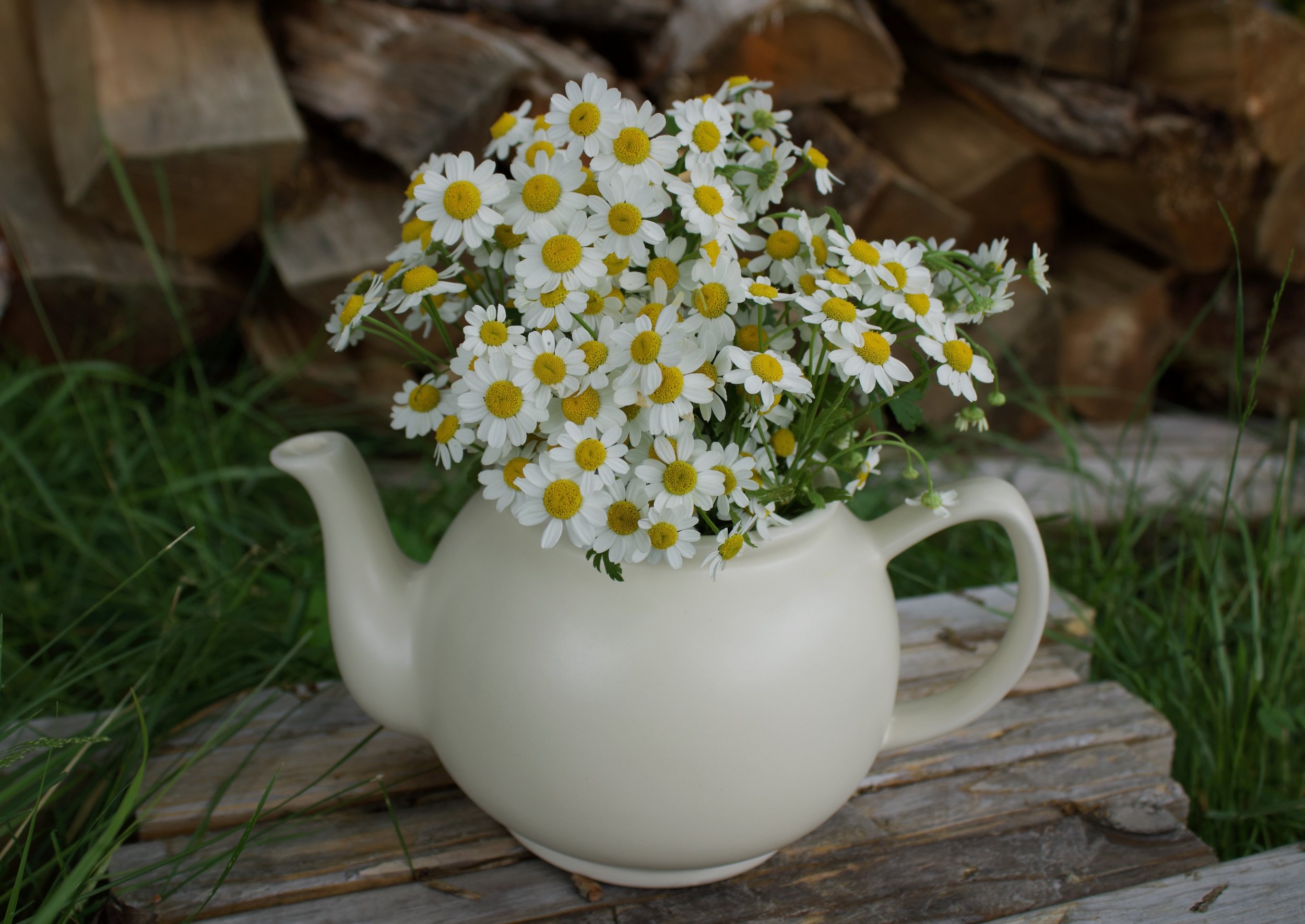 Image 1 of 2
Image 1 of 2

 Image 2 of 2
Image 2 of 2

"Byron" Maize (Flint)
110 days to dry corn harvest
100 seeds per packet
110 days to dry corn harvest
100 seeds per packet
110 days to dry corn harvest
100 seeds per packet
Zea mays
Byron Flint is a beautiful Maine heirloom variety full of that real, robust nutty flavor with gorgeous golden kernels of pure sunlight. Plant reaches about 6 to 7 feet tall and produces 2 to 3 ears. Ears are about 8” to 10” long with slender cobs and eight rows of kernels.
This variety was named “Byron” for the Maine town of Byron by seed saver and plant breeder Will Bonsall of the Scatter Seed Project, who worked to bring it back from the brink of extinction. It is said that the Mosher family of Wilton, Maine had passed down “Byron” for four generations over a 100 year span. After passing through the Mosher family for generations the seeds were tucked away in a shoebox for at least 15 years. Bonsall received these remaining seeds from an elderly resident of Wilton and since then has successfully reestablished the variety. Prior to the the Mosher family, the predecessors of this Maize sustained its Abenaki keepers for hundreds if not thousands of years. With such gaps in historical record, it is difficult to say where this corn is from. Based on its appearance, its approximate location of origin and its growth habit, it it possible that “Byron’s” lineage could be related to the family of other maize varieties grown throughout N’dakinna (New England). These varieties include: “Roy’s Calais Flint” of the Western Abenaki/Sokoki of Vermont, “Koas” of the Ko’asek on the VT/NH line, “Gaspé Flint” of the Mi’kmaq of the Gaspé Peninsula of Quebec, and the “Eight Row New England/Otto File” currently of unknown origin. We think this would be an exciting genetic project to investigate.
Direct Sow/Transplant Instructions:
Direct seed after last frost or start indoors 3 weeks early and transplant our after frost.
Space plants 8” apart in rows 24" apart. Alternatively plant in hills 36” apart all ways with 6 seeds per hill. If growing pole beans up the stalks, row spacing should be 36”.
Mazie is a heavy feeder so provide plenty of compost, we also recommend a fall or spring cover crop of peas or another annual legume to fix nitrogen for the crop in the spring.
Mulch with leaves or whatever you have available to hold moisture and suppress weeds. Make sure soil pH is between 5.8 and 7.0. If plant needs a growing boost water with nitrogen tea or compost tea a few times. If trace minerals are inadequate sprinkle a small amount of woodash in each planting hole.
Harvest Instructions: Cobs can be dried on the plant OR harvested slightly early and dried inside. We prefer harvesting slightly early to make room for a fall crop. Once coloring has set into the kernels, ears can be harvested and shucked and they will continue to ripen and dry down indoors. Make sure to hang the ears to dry so mold doesn’t develop. We always look forward to adorning our home with beautiful maize garlands for drying! You can also lay ears out on a wire mesh table in a barn or shed. Air flow around the ear is key. Store away from rodents! Once ears are dry you can break cobs in half and rub your fingers over them to loosen the kernels from the cob. There are also inexpensive handheld corn-shuckers that can assist.









